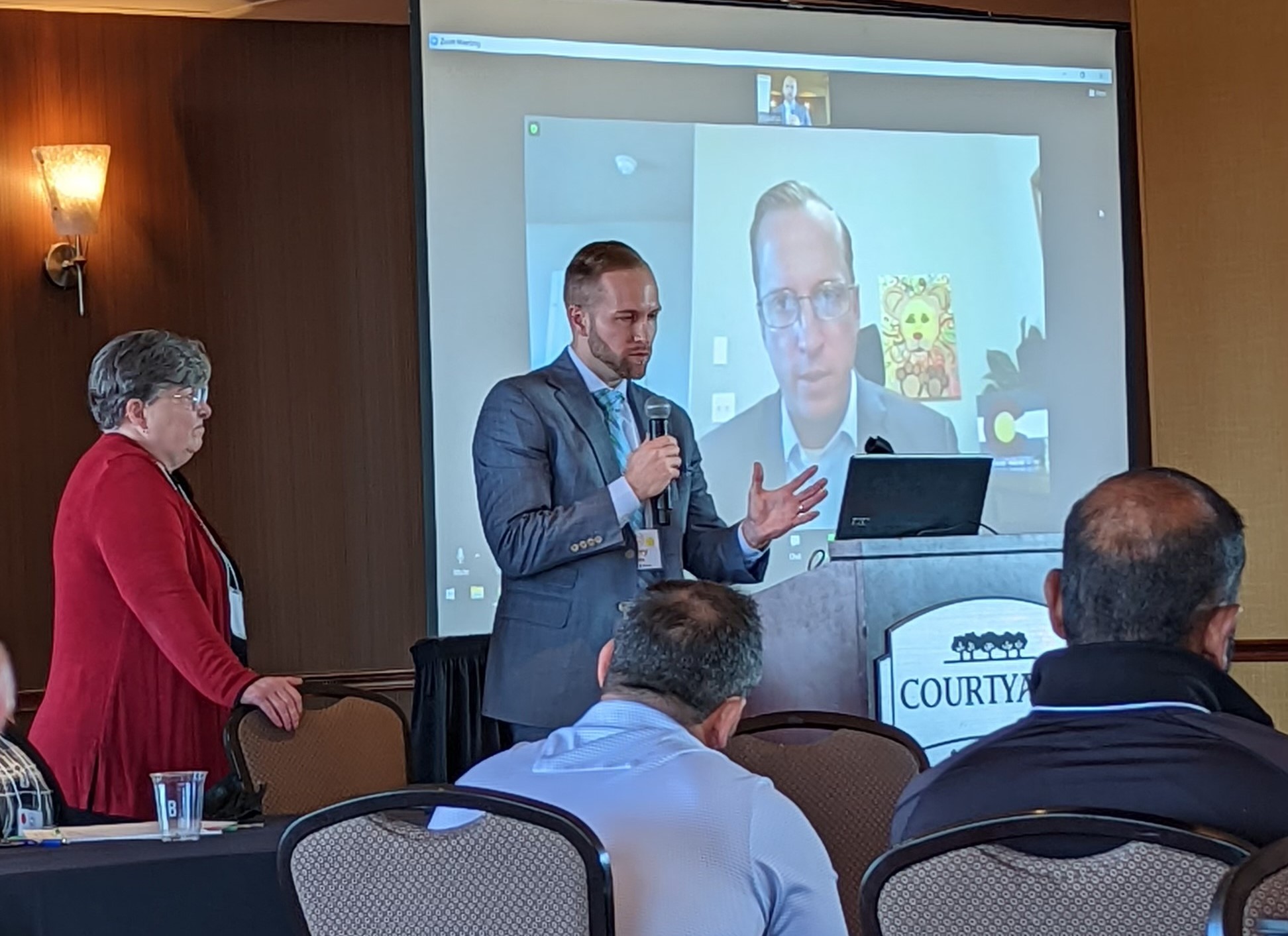In Arizona, there is a six year statute of limitations for a breach of contract claim. However, Arizona law permits an insurance company to contractually shorten the statute of limitations period by which the policyholder must file suit, so it is likely that the limitations period could be as short as one or two years from the date of loss. My colleague Kenneth Kan previously discussed this in Arizona: How Long Does a Policyholder Have to File Suit Under an Insurance Policy?
However, in Arizona, a bad faith claim against an insurer must be brought within two years from the date on which the cause of action accrues.1
In a recent decision, Thompson v. Property & Casualty Insurance Company of Hartford,2 the U.S. District Court for the District of Arizona dismissed an insured’s bad faith claim on the basis of the running of the statute of limitations, holding that the statute began to run from the insurer’s first letter denying coverage because it unequivocally denied the insured’s claim.
Mr. Thompson submitted a claim to his insurance company for burglary to his home between July 24, 2009, and July 31, 2009. He alleged that there were approximately $40,000 of stolen items. When he submitted his proof of loss, he listed 465 stolen items valued at a total of $211,189. Hartford investigated the claim and discovered that Mr. Thompson had a history of ten prior insurance claims. Notably, there were at least five prior burglary claims at his residence. During his Examination Under Oath, he testified that the losses had increased between $353,189 to $463,149.
On May 3, 2011, Hartford sent an initial letter to Mr. Thompson that stated “[w]e have now completed our investigation and we have determined that there is no coverage under [the policy].” The letter further described:
[Emphasis added]Based upon our investigation, as noted above, we have determined that Mr. Thompson intentionally concealed or misrepresented material facts and circumstances regarding his claim and therefore coverage under his policy is denied.
If you believe that Hartford has erred in any way in its investigation or analysis, please let us know and we will be happy to consider your position. If you or Mr. Thompson believes you or Mr. Thompson have any other facts or information which would assist us in this matter and cause further consideration, please forward such materials at your earliest convenience and we will consider same. Should you and/or Mr. Thompson feel that Harford’s decision is based upon incomplete or inaccurate information, please contact me to discuss the matter further. If any changes occur in the circumstances of this matter, please notify us immediately. All rights, terms, conditions and exclusions of the policy remain in full force and effect and are completely reserved.
There may be other reasons why coverage does not apply and Hartford does not waive its right to contest or deny coverage for any other valid reason that may arise or is later discovered. Hartford reserves the right to bring a declaratory judgment action or other legal action to determine its duties, including, but limited to, whether coverage is, in fact, available under the policy.
Upon receipt of the May 3, 2011 letter, Mr. Thompson disagreed with Hartford’s position and sent Hartford a letter that he was not accepting Hartford’s decision.
On September 11, 2012, Hartford sent Mr. Thompson a second letter that re-affirmed the prior denial letter:
We have determined that Mr. Thompson intentionally concealed or misrepresented material facts and circumstances regarding his claim and therefore coverage under his policy is denied.
Mr. Thompson filed a lawsuit against Hartford on October 29, 2013, that included claims for breach of contract, unjust enrichment, and breach of the covenant of good faith and fair dealing.
Hartford moved for partial summary judgment on the breach of covenant of good faith and fair dealing claim (bad faith claim) on the grounds that it was barred by the two year statute of limitations because Mr. Thompson did not file suit by May 3, 2013, i.e., with 2 years after the date the cause of action for bad faith accrued.
The Court reasoned:
Plaintiff argues that “there was no unequivocal denial indicated in the May 3, 2011[ ] letter” because Hartford’s letter requested that Plaintiff inform Hartford if Plaintiff believed Hartford had erred in its investigation or analysis. (Doc. 27 at 5). Plaintiff’s argument fails for two reasons. First, to the extent Plaintiff believes that such language precludes a letter from constituting an unequivocal denial, this contradicts Plaintiff’s position that the September 11, 2012 letter was an unequivocal denial because the latter letter includes the same language. See (Doc. 25–1 at 154). Second, this language cannot override the fact that the May 3, 2011 letter unequivocally denied Plaintiff coverage under the Policy. The letter states that Hartford has completed its investigation and has determined there is no coverage under the Policy. (Id. at 156, 851 P.2d 122). There was no room for ongoing negotiation in this statement. Furthermore, the letter also states that “we have determined that [Plaintiff] intentionally concealed or misrepresented material facts and circumstances regarding his claim and therefore coverage under his policy is denied.”(Id. at 169, 851 P.2d 122).
There is no genuine issue of material fact as to whether the May 3, 2011 letter constituted an unequivocal denial under the Policy. Plaintiff argues that, as in Ness, any recognition on his part that the May 3, 2011 letter constituted an unequivocal denial was an “attempt to induce the insurer to pay” rather than an admission that this letter was a denial. (Doc. 27 at 6). This argument is inapposite because in Ness, prior to the insurer definitively denying the claim, counsel for the insured had made a statement that the insurer “was unfairly denying the claim.” 851 P.2d at 124–26. Thus, the court clarified that counsel’s statement could not prejudice the insured by accelerating the starting date for the statute of limitations. Id. at 126. In the present case, there is no statement of Plaintiff’s counsel at issue.3
Therefore, the Court granted Hartford’s motion for partial summary judgment, and found that the 2 year statute of limitations barred Mr. Thompson’s claim for bad faith. The bad faith claim accrued on May 3, 2011, when Hartford had issued the first letter to Mr. Thompson, rather than on September 11, 2012, when Hartford had issued the second letter to him.
1 A.R.S. § 12–542; Ness v. W. Sec. Life Ins. Co., 174 Ariz. 497, 851 P.2d 122, 125 (Ariz.Ct.App.1992).
2 Thompson v. Property & Cas. Ins. Co. of Hartford, No. CV–13–02437, 2015 WL 1442795 (D. Ariz. Mar. 30, 2015).
3 Id. at 3-4.



